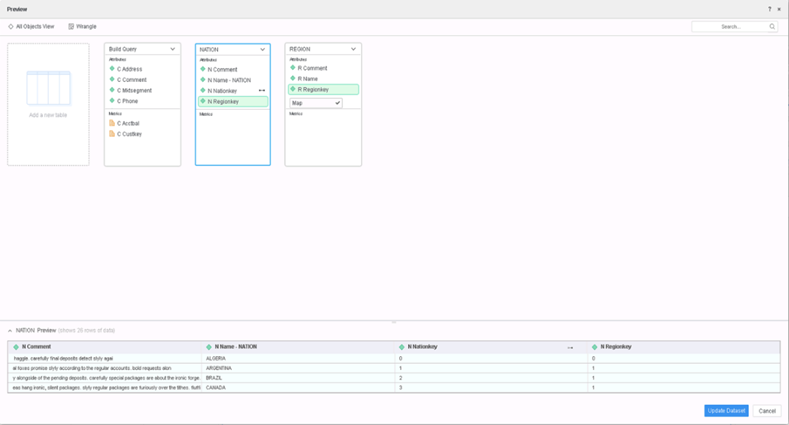Version 2021
Logical Data Model
No PostgreSQL specific customizations were made for this feature.
Logical data models are independent of a physical data storage device. This is the key concept of the logical data model. The scope and complexity of a logical data model depends on the reporting needs of the user community and the availability of source data. The more sophisticated and complex the reporting requirements and source data, the more complex the logical data model becomes.
A logical data model represents the definition, characteristics, and relationships of data in a technical, conceptual, or business environment. This process can help you think about the various elements that compose your company’s business data and how those elements relate to one another. Devising a logical data model for your business intelligence environment allows you to then consider various ways to physically store the business data in the data warehouse.
A logical data model is a graphic representation of the following concepts:
- Facts: Business data and measurements
- Attributes: Context for your levels of data
- Hierarchies: Data relationship organization
There are three approaches that you can use to create logical models within MicroStrategy.
-
Via Architect in MicroStrategy Developer.
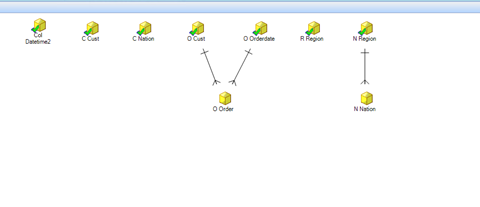
-
Via Developer using the individual editors such as the table editor, attribute editor, metric editor, and so on.
Attribute Editor
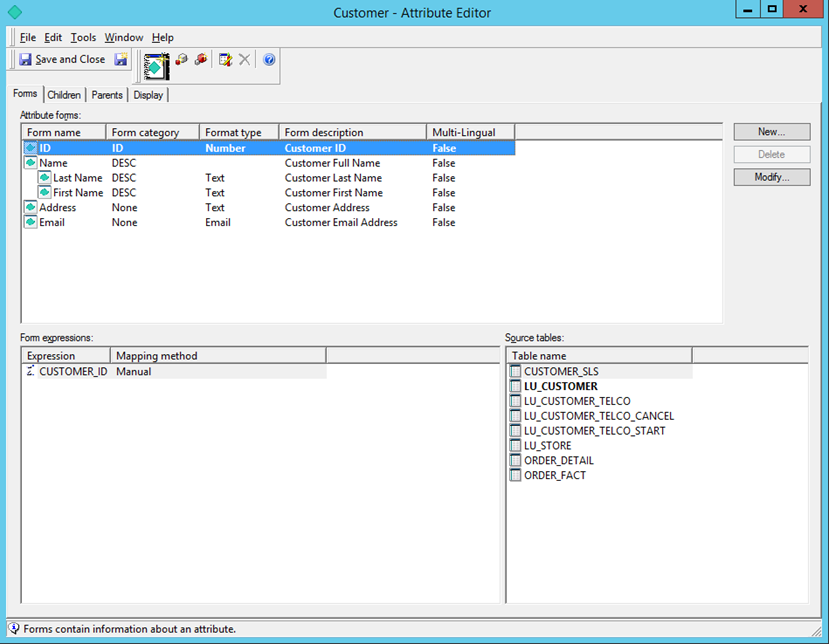
Metric Editor
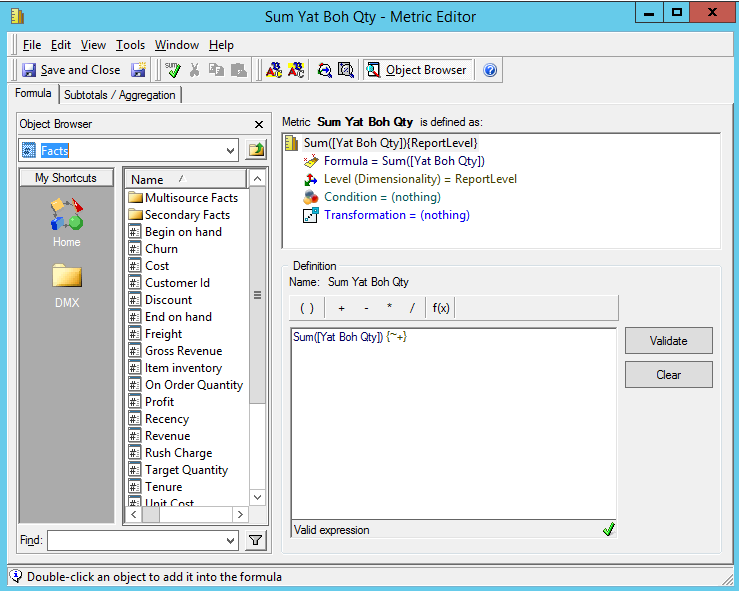
Table Editor
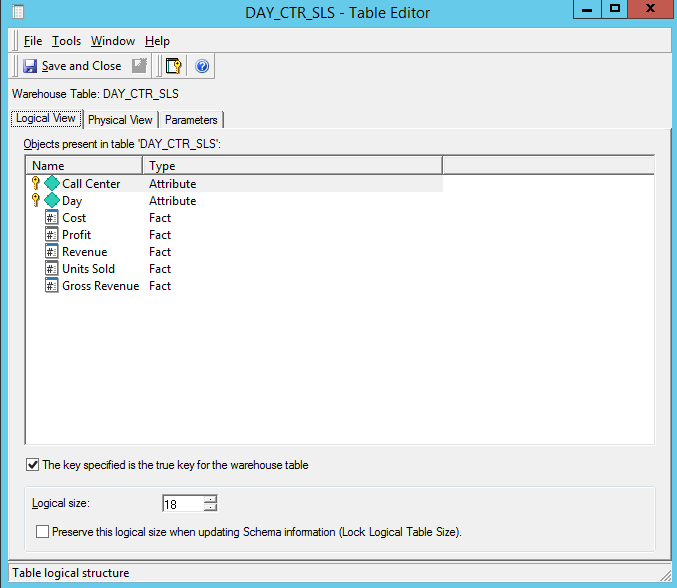
-
Via the Preview dialog when you import data.
